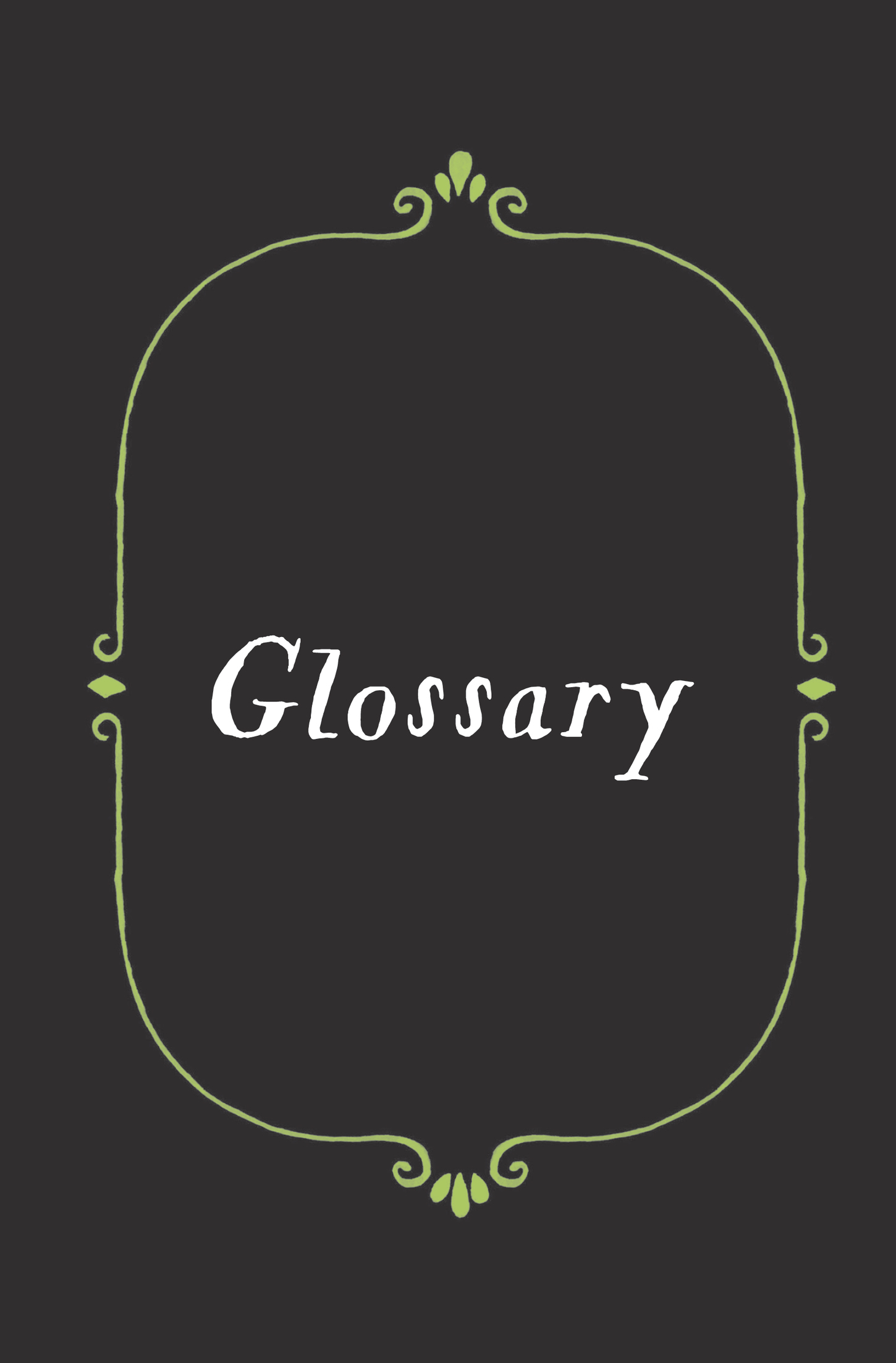

Horror as genre is notoriously difficult to define; it bleeds into other kinds of stories. It’s the rebel genre. For one person, horror may refer to a page-turner about a serial killer. Someone else may envision a supernatural story full of dread and terror. And a third person may use the term interchangeably with thriller or dark fantasy. To avoid confusion, here are our definitions for key terms used throughout this book.
Cosmic horror: Tales in which ordinary people are faced with a force so big, so otherworldly, that they must accept that they are insignificant in the greater universe. If you’ve read anything by H. P. Lovecraft, you’ve read cosmic horror.
Gothic: Gothic literature has several subgenres; Southern Gothic and Gothic romance are two examples. Unless otherwise stated, assume we refer to Gothic horror, which usually involves a young woman caught up in conflict when a troubled past comes back to haunt the present. Typically the narrative offers a crumbling manor home and a few ghosts.
Horror: We use this term broadly. If it scares, if it horrifies, if it causes the creepy-crawlies, then to us it is horror. Horror fiction can involve supernatural elements, but it doesn’t always.
Penny dreadful: Also called a sixpenny or penny blood, the penny dreadful was a book printed on cheap paper meant for mass distribution in the eighteenth and nineteenth centuries. Often they contained Gothic and horror tales.
Pulps: These were cheaply printed magazines that introduced readers to a range of stories, usually science fiction or horror. Think of them as the twentieth-century version of penny dreadfuls. The term pulps also refers to the cheaply printed paperback books of the 1970s and ’80s.
Speculative fiction: This type of literature imagines a world that could be. It is closely related to science fiction but is a broader category that includes fiction with fantastic elements not drawn from a science-based premise. The term is often applied to the work of writers who incorporate several different genres into one tale.
Terror: We rely on Ann Radcliffe’s definition (see her profile in Part One): Horror has the effect of a bomb; it completely destroys the reader, or tries to. Terror, on the other hand, makes readers feel more alive, by bringing them to the edge of a cliff without pushing them over.
Thriller: In our experience, authors use this term when they don’t want to be pigeonholed by the term horror. There is a difference, however. Horror is about the emotions readers feel as they experience a story, usually through empathy with the protagonist. A thriller relies on plot devices, like a metaphorical ticking clock, to elicit a response.
Weird fiction: This is a notoriously tricky genre to define. Stories in this category often contain elements of the supernatural, but not always. The weird tale goes beyond just a “ghost haunting a home” story and turns the supernatural into something unexplainable. The tension in the weird tale, like cosmic horror, is the sense of dread that results when an ordinary protagonist confronts the unknowable.